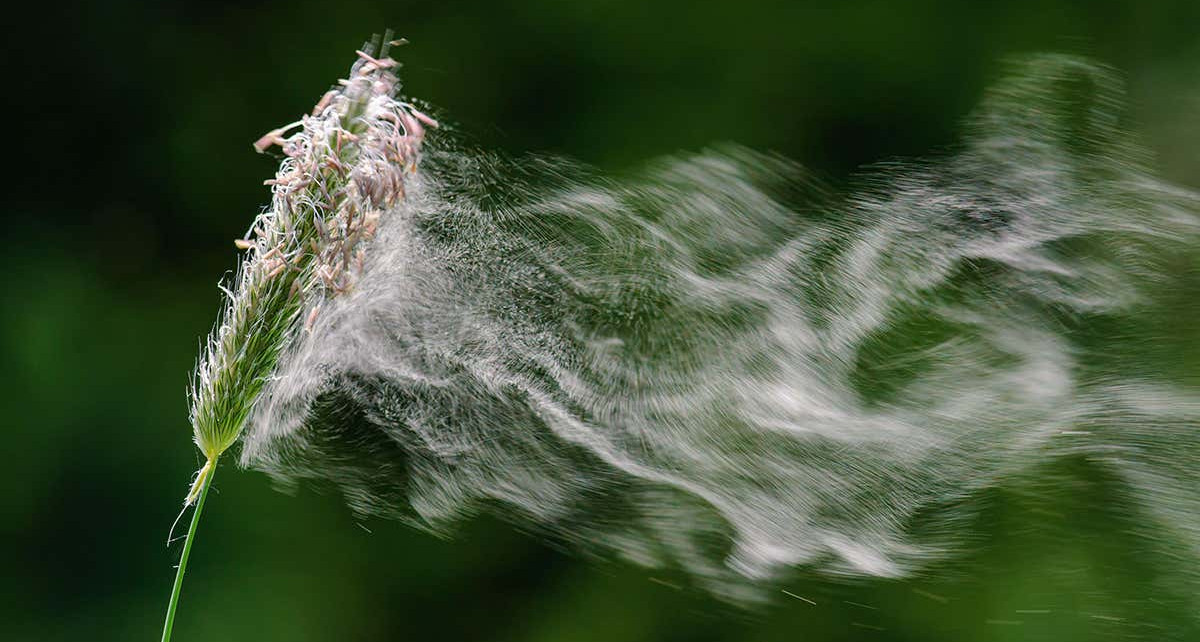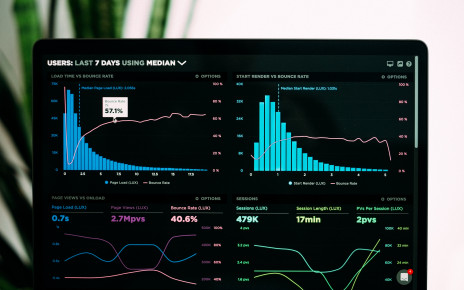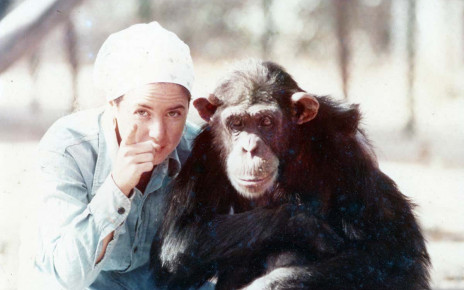[ad_1]

Alamy Stock Photo
Hay fever season has become longer and more intense in North America over the past 30 years, thanks to the way plants are responding to climate change.
“This is an in-our-backyard example of climate change affecting us and human health already,” says William Anderegg at the University of Utah. “It’s not something that’s in the future or decades away.”
He and his colleagues analysed data from 60 long-term pollen-count stations around the continent, which recorded pollen in the air on sheets of sticky paper from 1990 to 2018. They found that over that time, pollen seasons have lengthened by roughly 20 days, and the amount of pollen in the air has grown by 21 per cent.
Advertisement
They defined the pollen season in a given area as the time during which pollen concentrations exceeded the 30th percentile in relation to the data from other pollen stations. Their analysis found that hotter weather can account for half of the extension in pollen seasons, and 8 per cent of the increase in pollen concentrations.
Warmer temperatures signal to plants that it is time to reproduce, leading to pollen seasons that typically start in the spring. Longer periods of high temperatures extend the time for pollination.
The rise in pollen concentration with every season isn’t as well understood. The jump may be due to the longer growing period itself, or to a combination of more carbon dioxide and higher temperatures that makes it easier for plants to photosynthesise, says Anderegg. With more carbon and more energy, plants can invest more in pollen, says Anderegg.
Surprisingly, he says, the greatest increases in pollen were seen in the south-eastern and mid-western US, even though temperatures are rising faster further north.
On the whole, pollen season may become less predictable, as both high temperatures and droughts become more common, says Anderegg.
“In the next decade or two, we probably expect the average pollen year to be getting worse, as we see in the trends in our study. But it’s very possible that the variation and year-to-year bounces could go up as well,” he says.
Journal reference: PNAS, DOI: 10.1073/pnas.2013284118
Sign up to our free Fix the Planet newsletter to get a dose of climate optimism delivered straight to your inbox, every Thursday
More on these topics:
[ad_2]
Source link




